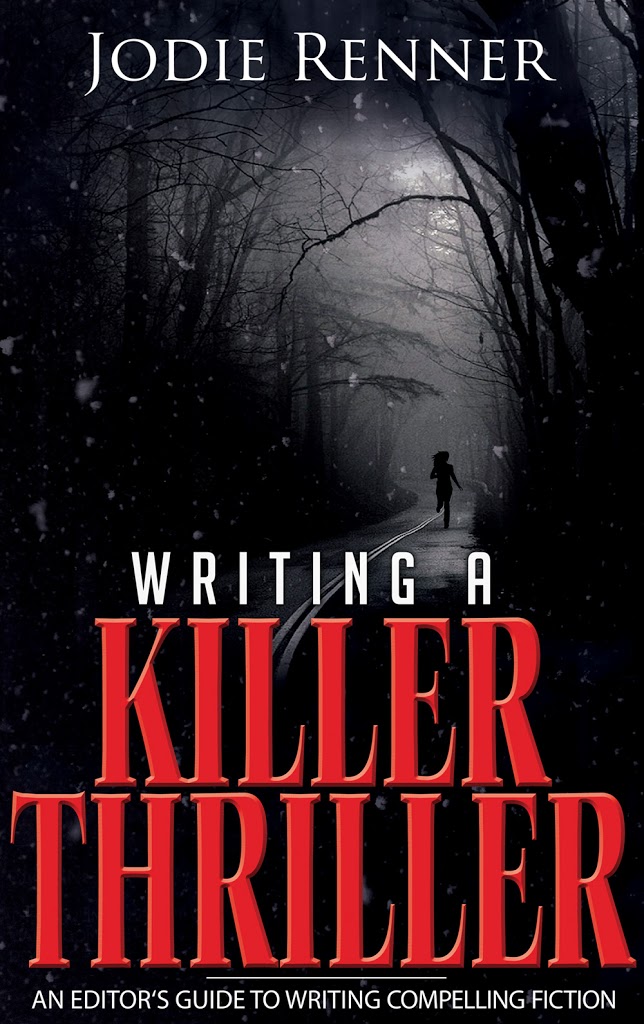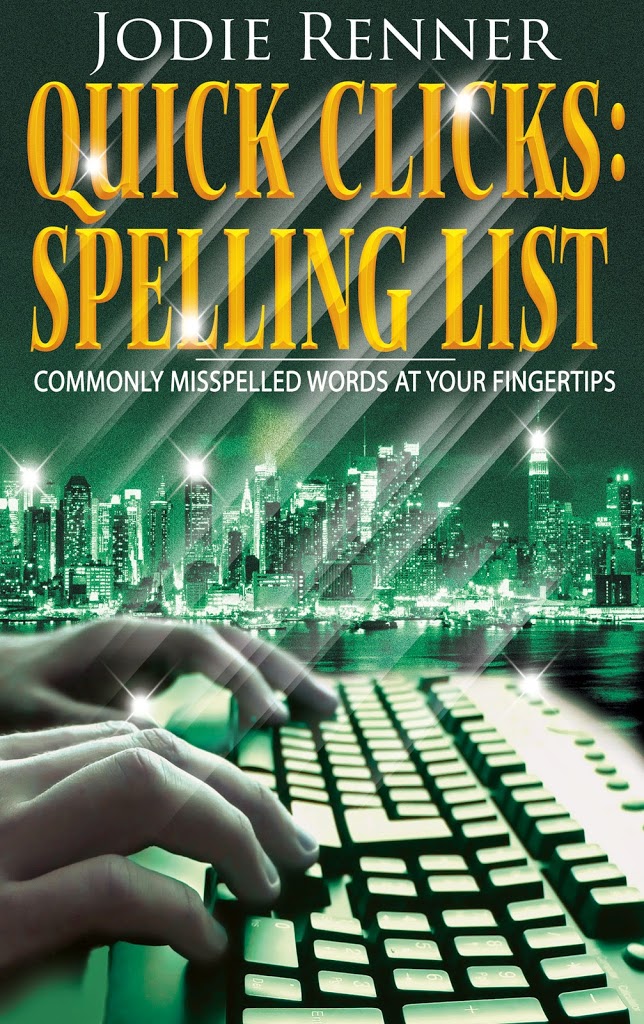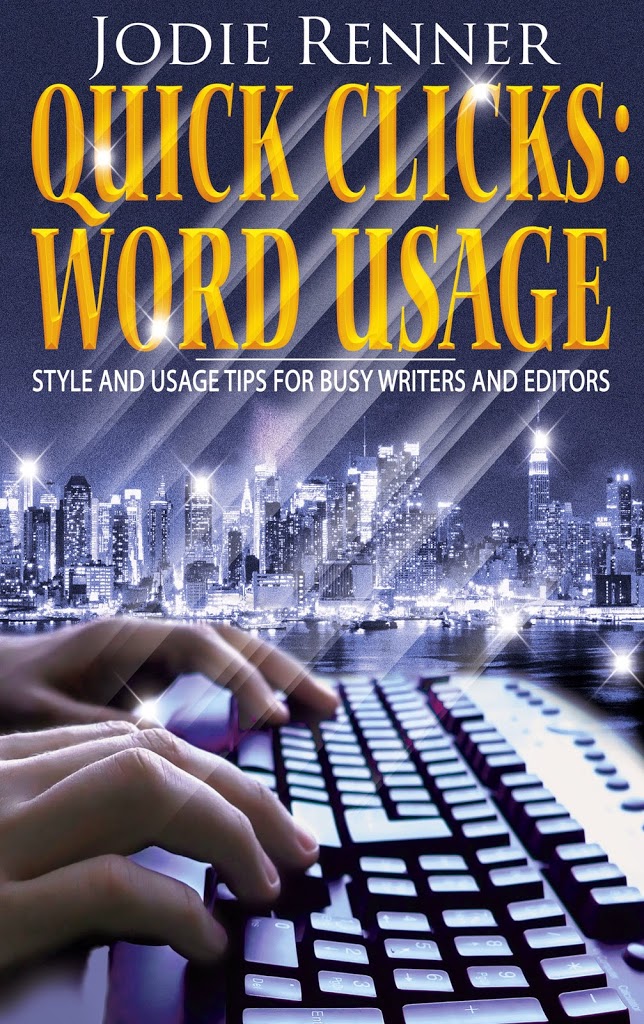by Jodie Renner, editor & author
@JodieRennerEd
(This is a quick fill-in post for P.J. Parrish, who’s been hit by a flu bug. Get well soon, Kris!)
First, what’s a scene?
Although most novels are divided up into chapters, the scene is the fundamental unit of fiction. Each scene is a mini-story, with a main character, a problem or challenge, and a beginning, middle, and end of its own. Every scene needs tension or conflict, and at the end of each scene, at least one of the main characters must have gone through some sort of change. Otherwise, the scene isn’t pulling its weight and needs to be revised or cut. Every scene needs a mission (goal), an obstacle, and an outcome (usually a disaster). For more on scenes, see Jodie’s article “Every Scene Needs Conflict and a Change.”
A modern novel normally has several dozen scenes. Each scene can range in length from a few paragraphs to a dozen pages or more. A chapter can contain one scene or several. Some authors like to use jump cuts, where they “cut away” in the middle of a scene to go to a different scene, then perhaps interrupt that one in the middle to go back to the first scene and resume where they left off. In this case, a scene can span several chapters, often with other scenes interspersed.
Using the Scene Outline:
The outline below will help you organize your scenes and decide if any of them need to be moved, revised, amped up, or cut.
This is a great tool for both plotters and pantsers. Plotters/outliners can use it to outline your scenes early on in the process, and those of you who prefer to just let the words flow and write “by the seat of your pants” can use it later, to make sure the timeline makes sense and that the scene has conflict/tension and a change.
Keep each scene description to a minimum. Don’t get carried away with too many details, or the task could become arduous. The most important thing is the POV (point of view) character’s goal for that scene, and what’s preventing him/her from reaching that goal, plus any new conflicts / problems / questions that arise.
And you can use a different font color or highlight color for each main character, for a quick reference on who was the POV character for each scene. Also, you can print it up and cut them out to rearrange the scenes, or use a writing software for that.
If in doubt as to who should be the viewpoint character for that scene, most often it’s your protagonist. The point of view character can also, less often, be your antagonist or another main character. Almost never a minor character. If you can’t decide who should be the POV character for a particular scene, go with the character who has the most invested emotionally or the most to lose.
SCENE OUTLINE FORM:
Date/Month/Season: Year (approx.):
POV character for this scene:
Other main characters here:
POV character’s goal here:
Motivation for their goal (why do they want that?):
Main problem / conflict – Who/What is preventing POV character from reaching his/her goal:
Outcome – Usually a setback / new problem:
(And/or new info, revelation, new question, or, rarely, the resolution of the problem):
Scene 2: Chapter: Place:
Date/Month/Season: Year (approx.):

POV character:
Other main characters:
POV character’s goal:
Motivation for their goal:
Main problem/conflict/question:
Outcome (most often a setback):
Scene 3: Chapter: Place:
Date/Month/Season: Year (approx.):
POV character:
POV character’s goal:
Motivation:
Main problem/conflict/question:
Outcome (most often a setback):
Scene 4:
Etc. Continue for as many scenes as you have.

Fiction writers – Do you have any tips to add to this scene outline?



I’ve read loads of articles or seen workshops on plotting, but have never read anything specific to outlining each scene. I love how you call it a mini-story as I do. I can usually read 1 scene at a reading & give the sense that I’m reading a story with a start, middle, & foreshadowing ending.
My rule of thumb, the only thing I would add, is that scenes should move the plot forward by 1-3 plot points, or else be deleted. There has to be an integral reason for including it.
Thanks, Jodie.
Kris: Get well, babe.
Jordan, maybe you could expand on your ideas re scenes either here in the comments, or in a separate blog post sometime. I always tell my clients that every scene needs to have tension and a change, contribute to characterization, and move the overall plot forward. What exactly do you mean by “move the plot forward by 1-3 plot points”?
Forgot to mention this, but I tend to put 3-4 scenes in a chapter & try to end with a page turning scene or moment. I’ve seen many authors put only one scene per chapter, but for purposes of making the most of my page turning efforts, I prefer more than one scene per chapter to make the most of my mystery/suspense elements. (My wordcount per chapter has gone down from an avg of 6000/chap to around 4000.)
Do you have any opinion on the one scene per chapter thing?
Jordan, I think the tendency is toward shorter chapters these days, and that’s a good idea, with the shorter attention spans of today’s readers, especially the younger crowd, and the increased demands on everyone’s time. Also, reluctant readers (often young males) don’t feel so intimidated when books and chapters are shorter. James Patterson uses this technique to draw a lot of normally reluctant readers to check out his fast-paced books.
But I also don’t think writers should get too hung up on how many words per chapter and how many scenes per chapter. Variation is fine, I think. What is more important for keeping readers turning the pages is to end a scene with a question mark, or, to see it differently, cut off a scene in the middle, at an intriguing point, and continue it later, after another scene or chapter. Leaving readers hanging like that is a sure-fire way to keep them turning the pages to find out what happens next.
And maybe you could expand on this: “I prefer more than one scene per chapter to make the most of my mystery/suspense elements.” I suspect you mean what I was referring to above.
Perhaps our resident writing guru, James Scott Bell, will drop by and give us his opinions on scenes and chapters. *Nudge* 😉
Great article, Jodie! Like you, I’m a planner not a pantser. I firmly believe in planning a novel in vast detail, even to specifying word lengths for each scene. No plan survives its first encounter with the enemy, of course, and by chapter three the characters have taken over and the plan has gone to pot. But a plan has one great virtue: you don’t get writer’s block. You have 1500 words to get your character from A to B, by way of a love scene and a fight with a bartender. ‘Pantsers’ don’t even get as far as the bar…
Interesting, John, that I’m in the middle of Steven James’ book, STORY TRUMPS STRUCTURE, which I highly recommend! As you can guess by the title, he’s not a proponent of rigidly following any structure or planning your whole story out before you start.
But if you just use it as an overall guide that could change, and let the characters and events ultimately unfold as they want to, then you have the best of both worlds – a roadmap to guide you and the interesting side roads that could take you on a wilder and more interesting journey!
I write visually, so scenes mean more than chapter breaks to me. My TRY books are written that way. The scenes are long or short or middling, depending on what I want out of them. When they’re done, I move on. I wouldn’t even call them chapters.
Jordan’s idea of breaking away to another POV in a chapter is a good strategy for suspense.
And yes, end with a setback…or the occasional victory that, through the twists and turns, leads to more trouble.
Thanks for dropping by and offering your opinion on scenes and chapters, James! When it comes to fiction-writing advice, your take on things always makes sense to me, and your views are always valued.
That would be too much detail for me. I write my synopsis ahead of time. As I head into each chapter, I know what scenes have to take place there and what purpose this scene serves. How it unfolds relates to story magic. Something unexpected might develop as the characters are going from point A to point B. But you are very right in that each scene much have tension, purpose, and character growth.
And did I add proofreading? I type so fast that I don’t read my own words. I meant “must have” above.
As I mentioned, Nancy, the scene outline is also useful for final revisions, after all the scenes have been written, to quickly take stock of what basically happens in each scene and the POV for that scene, and can be useful for rearranging the scenes. So it’s a good tool for both plotters and pantsers. 🙂
When all of my novels were individual stand-alone thrillers with little or no connectivity to the others I didn’t do much more than a paragraph synopsis of the most basic ideas of my stories and then wrote each ensuing scene by the seat of pants, on the fly, with the leprechauns keeping my pint full and just livin’ the moment.
That said, now that my projects are growing into multi-volume, multi-year projects with multiple major POVs all related over a wide story arc, I am finding a need to keep track and have started following an outline similar to what you’ve got above.
I think the main impetus for the amount of planning that encourages me to get organized is the amount of detail and complexity of converging story lines that the work requires. More stuff to keep track of then the Leprechauns can keep up with.
especially when Berthold and Fillii are in their cups.
Fillii: due to Basil’s last statement the internet has vindicated me and Berthold by giving Basil the verification code “404” for his post which as I understand it to mean in internetese as “not found” as in such things don’t really exist like that…therefore let the record state that Berthold and I are quite capable of keeping track of everything just fine, cups or not, the problem lies more in personal grooming aspects.
Berthold: Wow Fillii, you’re smart.
Fillii: Yes, et Fillii es Millii.
Berthold: Vanillii!
Yes, it sounds like you have a LOT to keep track of Basil! Writing a series must be really challenging, whether your characters are “in their cups” or not! ; -)
It’s all just balls floating in the air, Basil.
Good blog, Jodie, and an excellent way to diagnose what’s wrong with a chapter when it seems flat.
Thanks, Elaine!